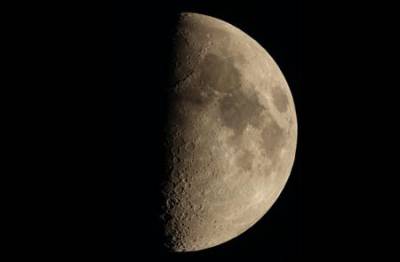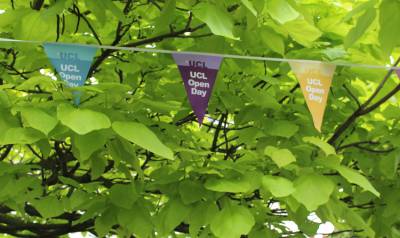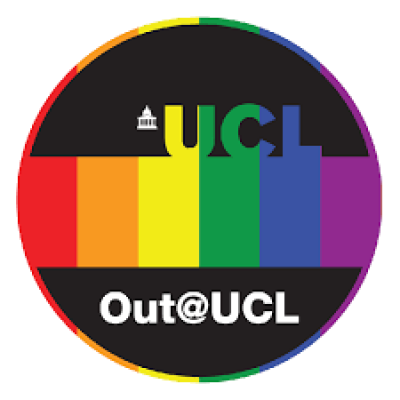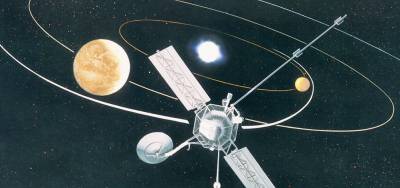The Moon
23 November 2013
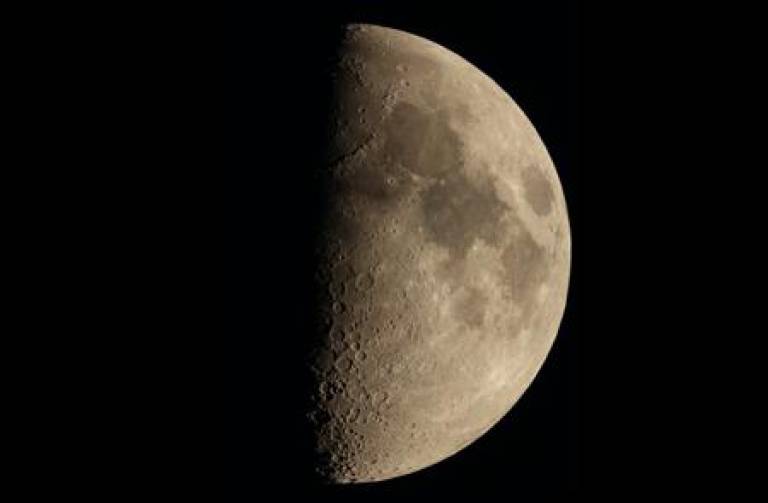
Unlike the other objects of our Solar System, which we see spinning on their axes, we only ever get to see one side of the Moon. Aeons of tidal interaction between the Earth and its satellite have gradually synchronised the rotation of the Moon and the rotation of the Earth, such that the same side always points at us here on Earth. It took the invention of spaceflight in the mid-20th century for humanity to get its first glimpse of the Moon's far side.
This image shows the Moon as seen from the University of London Observatory, the astronomical observatory in London's northern suburbs which is operated by UCL Physics & Astronomy.
Although manned spacecraft have flown around the Moon, communication with Earth is impossible there. As a result, the Apollo programme's landers all touched down on the Moon's Earth-facing side. Two of the six Apollo landing sites are hidden in shadow here, but the sites of Apollo 11, 15, 16 and 17 are visible.
You won't see any sign of them here, though - with a pixel scale of around 3.5km, the traces left by the Moon landings are far smaller than anything that can be seen with ULO's telescopes, or indeed any other telescopes on Earth.
Credit: University of London Observatory/UCL Physics & Astronomy
Links
High resolution image
Unlabelled image
Labelled image
These images can be reproduced freely providing the source is credited
 Close
Close


